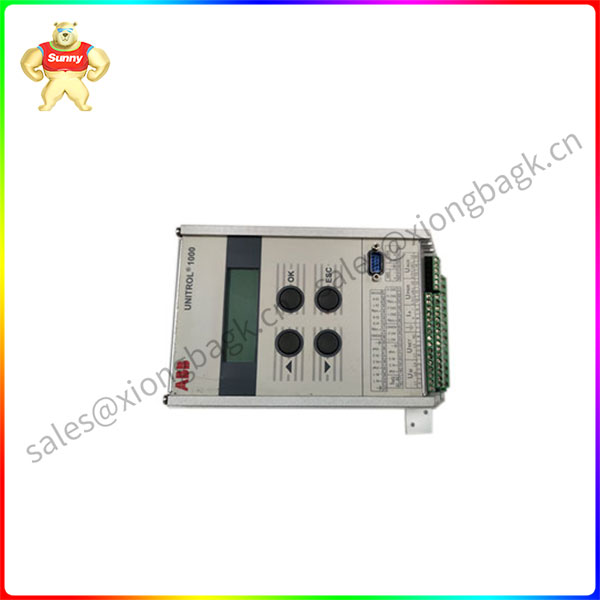Are you interested in how a digital factory works? This paper compares the working principle of digital factory with the operating mechanism of human body, and Outlines the importance of data as the lifeblood of digital factory. It also explores how digital factories can help improve the efficiency of manufacturing plant operations through intelligent edge insights.
intro
A digital factory is a data-based system in which the components work together to optimize the operational efficiency of the factory floor. In some ways, it can be compared to the human body. Sensors act as eyes and ears, enabling a central controller (or brain) to understand its surroundings. The actuator acts as a muscle, making adjustments as needed. The factory-connected network is the equivalent of the nervous system deployed throughout the body, while the skin represents the cybersecurity technology that is essential for data protection.
Advantages of the digital factory
UNITROL-1000 Before exploring the components of the digital factory, let’s first outline the advantages. The advantages of the digital factory are mainly reflected in the improvement of productivity, which in turn promotes the transformation of the manufacturing landscape. New insights from the digital factory ecosystem help inform real-time decision making. As a result, product quality is improved, overall operational efficiency is higher, and ultimately a more sustainable production process is achieved. The industrial sector accounts for about 50% of global energy consumption, 1 and for manufacturers aiming for net zero emissions, the digitally connected factory is at the heart of this transformation. In addition to sustainability benefits, digital factories offer flexibility and real-time configuration capabilities to quickly respond to ever-changing consumer needs. For example, in the field of healthcare, there is a growing demand for personalized medical devices, such as 3D-printed joint implants tailored to the individual patient’s body structure. As plant designs become more modular and production cells become smaller and more adaptable, workflows can be arranged and changed in real time, increasing manufacturing speed and supporting cost-competitive local production processes in Europe and North America.

UNITROL-1000
Figure 1. Digital factory analysis
Figure 2. Advantages of the digital factory.
Data – the lifeblood of the digital factory
Real-time and non-real-time data from multiple sources across the plant must be analyzed quickly and reliably at the smart edge (where the data is generated) and aggregated at the central level to reveal the full picture of the operation of the entire plant. The operational insights derived from this data are critical to unlocking the full operational efficiency potential of the plant.
Sensors – the “eyes and ears” of digital factories
UNITROL-1000 Factories need to deploy more sensors and obtain the necessary data through various measurements such as temperature, pressure, flow, proximity, and vibration. In order to continuously sense, measure, and interpret plant assets, plants require sophisticated measurement and inspection technologies. IO-Link® technology makes sensors smarter. The pressure sensor can determine locally whether the pressure has exceeded the required threshold, so it only needs to provide the controller with a single-bit Boolean variable (yes or no), which represents only one bit of data, rather than the full numerical value representing the actual pressure measurement. Localization decisions save communication and processing time and enable efficient distributed control.
Actuators – the muscles of the digital factory
Actuators are often the unsung heroes of the digital factory, the equivalent of muscles in the human body that are crucial to getting the job done. Actuators are used to control valves, pistons and other mechanical devices. They accurately control the flow of fluids, ensuring that the right amount of material is delivered to each part of the process.
Both sensors and actuators need to withstand the environmental conditions of the application. The factory environment is harsh, with high temperatures, electromagnetic (EMC) radiation, transient power supply voltage spikes, mechanical vibrations, and more. For these edge detection and drive systems, power transmission is another key consideration. As sensors and actuators get smaller and smaller, the performance requirements for power transmission are getting higher and higher, while the accuracy and quality of signal acquisition are also improving. This requires an efficient, low-noise, small-size power management solution. This solution is crucial for designs where space is often limited. Without the necessary power technology for specific inspection requirements, the real-time configurable benefits of the digital factory cannot be realized.
 中文版
中文版




